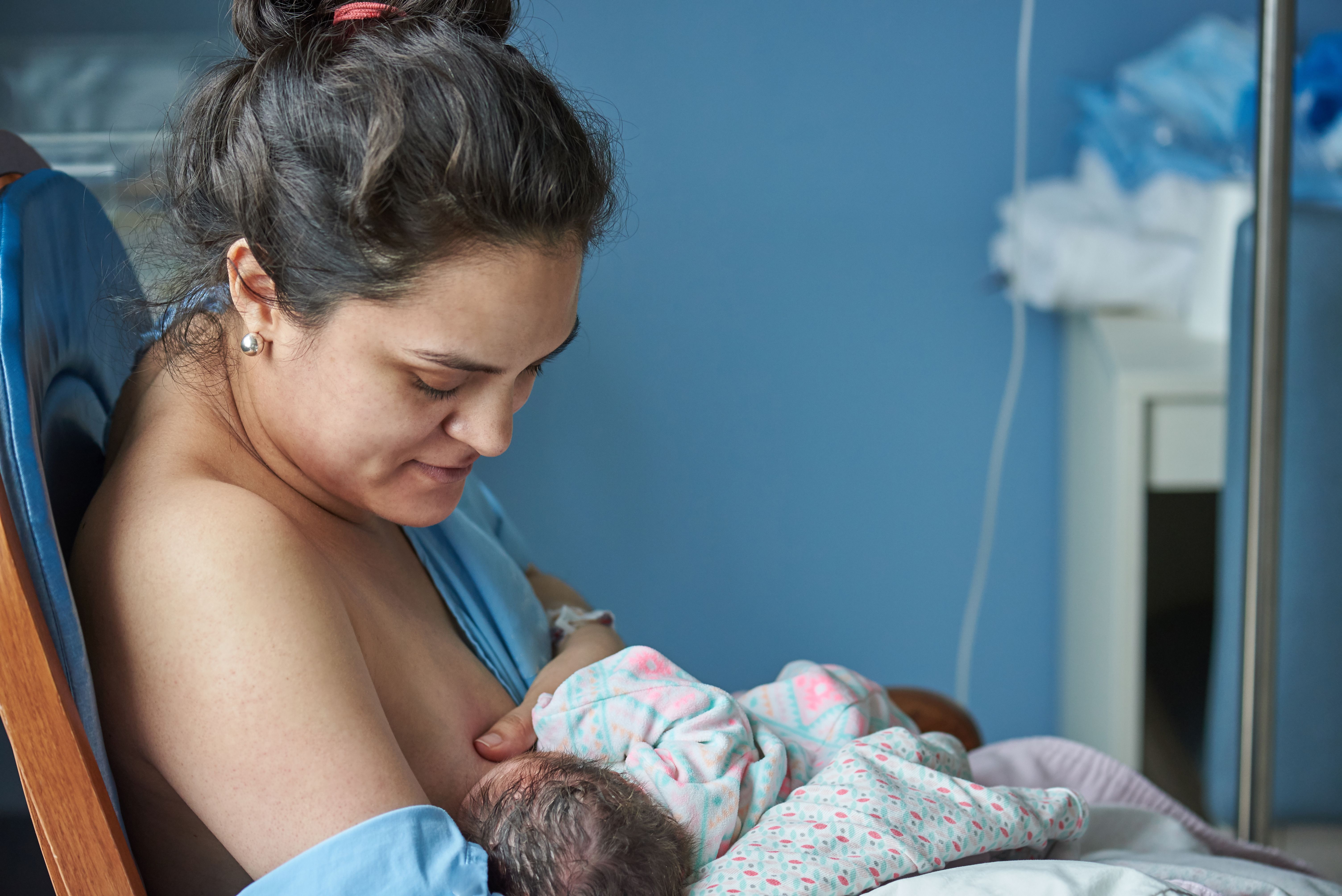Nativity, education, and breastfeeding
New research from Pediatrics suggests that nativity and country of education are predictors of breastfeeding and should be assessed in postpartum settings to encourage breastfeeding support.

New research from Pediatrics suggests that nativity and country of education are predictors of breastfeeding and should be assessed in postpartum settings to encourage breastfeeding support. The study focused on the breastfeeding practices of Mexican-origin women residing in Texas.
Methods
For the prospective cohort study, the authors included 1235 Mexican-origin women aged 18 to 44 who were born and educated either in Texas or Mexico and who were postpartum. Participants were recruited from eight hospitals across six Texas cities between April 2014 and April 2016. To capture a woman’s breastfeeding practices, the authors collected measures of breastfeeding initiation, intended duration, and supplementation (formulas and solids were measured separately) at various stages of the postpartum period (delivery, 3, 6, 12, and 18 months postpartum). Participants were divided into three groups: born and educated in Mexico (MX-MX), born and educated in the United States (US-US), and born in Mexico and educated in the United States (MX-US).
Findings
Of the 1235 participants, 47% were US-US, 20% were MX-US, and 33% were MX-MX. Nearly half of them were aged 18 to 24 at delivery and the majority of participants were either married or cohabiting. Eighty-six percent of the participants initiated breastfeeding in the hospital (79% of US-US women vs 91% of MX-US women vs 94% of MX-MX women. Of the women who initiated breastfeeding, 85% intended to breastfeed for ≥ 6 months and 41% intended to breastfeed for ≥ 1 year. The authors noted that intent did not vary by nativity and country of education. However, there was variance in continuation of breastfeeding by nativity and country of education.
Only 37% of the participants breast fed for at least 6 months (23% of US-US women vs 38% of MX-US women vs 52% of MX-MX women). Twenty-one percent of participants breastfed for ≥ 1 year and significantly more MX-MX women (31%) met this mark while just 13% of US-US women did. Of the women who breastfed, nearly half supplemented with formula within 1 week of delivery and 7% of women provided solids by 4 months postpartum.
Conclusions
The authors believe that nativity and country of education are important factors for predicting breastfeeding practices among Mexican-origin women in Texas. The authors noted the rapid turn to formula for a number of women following birth, which has a negative impact on breastfeeding duration. The authors believe their findings reinforce the importance of renewed efforts to counsel women in this patient population on the benefits of breastfeeding to reduce unnecessary use of formula and prolong breastfeeding duration.
S1E4: Dr. Kristina Adams-Waldorf: Pandemics, pathogens and perseverance
July 16th 2020This episode of Pap Talk by Contemporary OB/GYN features an interview with Dr. Kristina Adams-Waldorf, Professor in the Department of Obstetrics and Gynecology and Adjunct Professor in Global Health at the University of Washington (UW) School of Medicine in Seattle.
Listen
Study shows a healthy prenatal diet could be upstream obesity prevention strategy
December 26th 2024"Our findings support the recommendation of a healthy diet based on the current guidelines (as measured by the HEI) during pregnancy, since it may reduce patterns of infant growth outside reference ranges."
Read More
Early pregnancy cannabis use high in states with recreational legalization
November 11th 2024A population-based time-series analysis California before, during and after legalization show a rising trend in women using cannabis while pregnancy especially when the state has legalized the drug.
Read More
